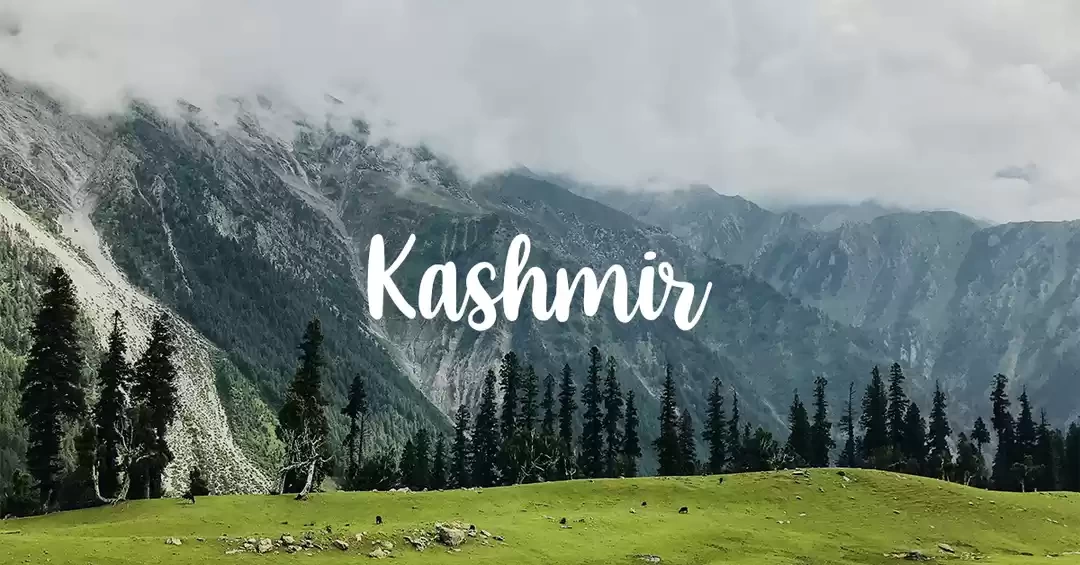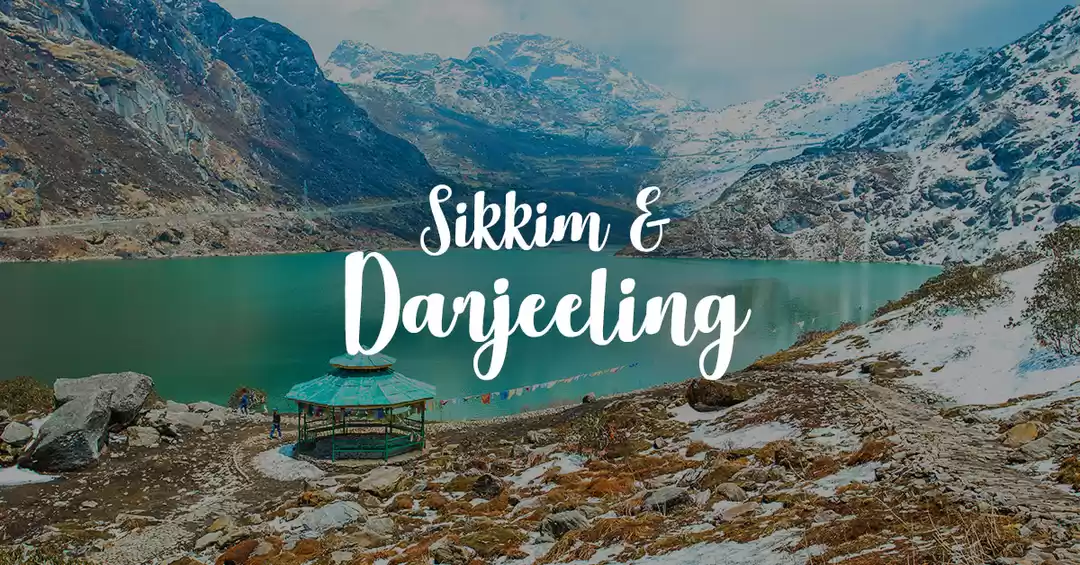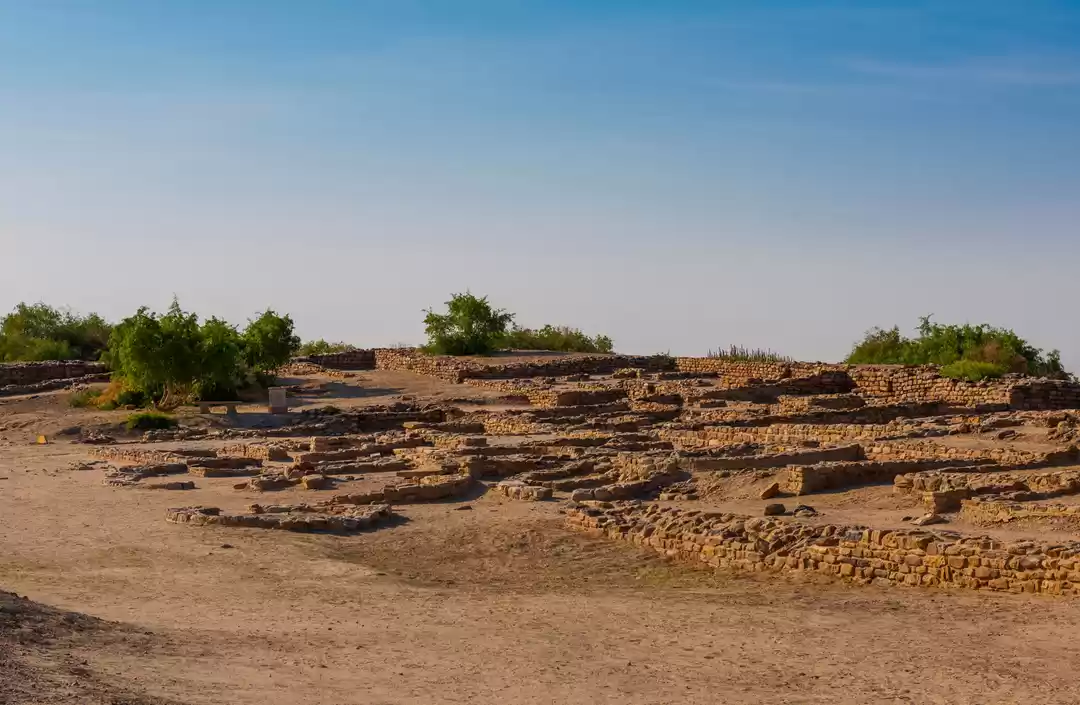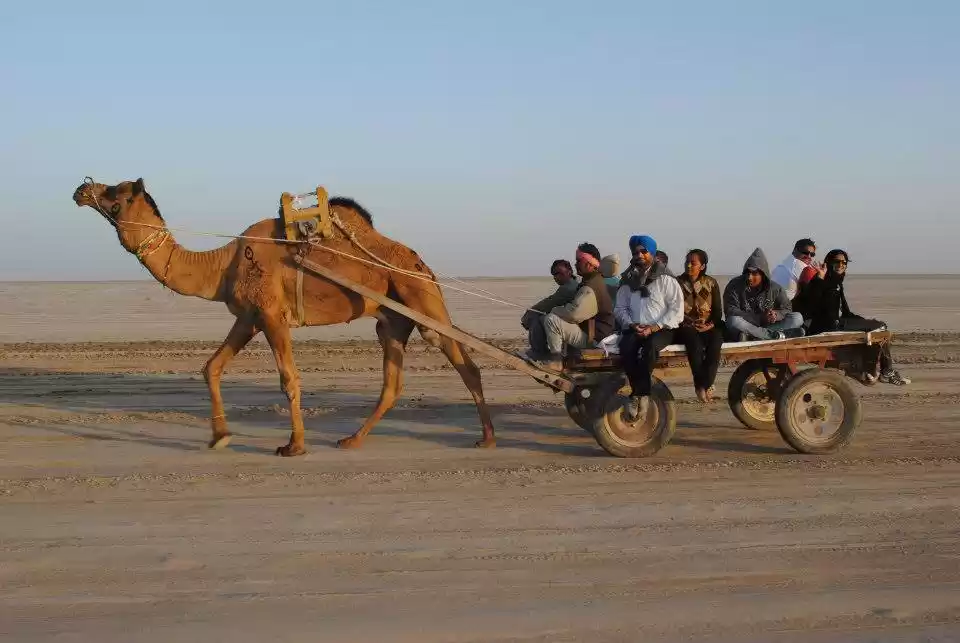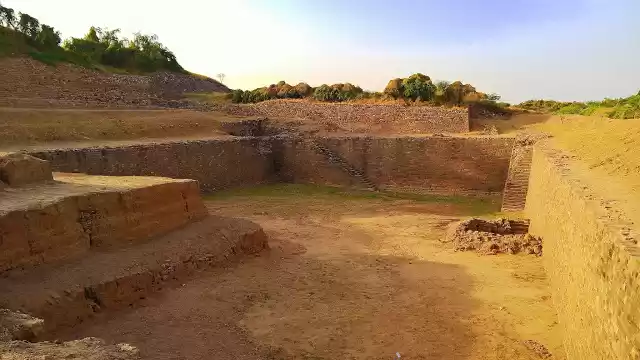All early civilizations in history took birth alongside major rivers across the world. The Mesopotamian civilization alongside the Tigris and the Euphrates, The Egyptian civilization alongside the Nile, The Chinese Civilization alongside the Yangtze and India, blessed with youthful rivers originating from the Himalayas saw the emergence of one of the most advanced societies of the time...The INDUS VALLEY CIVILIZATION, situated on the banks of river Indus.
In the present day, the archaeological remains of the civilization are spread across Pakistan and India. The civilization is also known as Harappan Civilization named after the first site discovered in Harappa, in present-day Pakistan.
In this blog, sites spread across India are discussed.
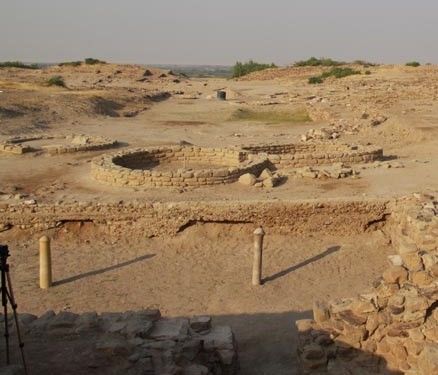
#Reasons to visit Indus Valley Sites in India
An opportunity to peek into the past of a country, so rich in culture and history. You will be able to identify cultural continuations prevalent in the Indian way of life. You will understand how the ideas of trade, commerce, fashion, and religion took shape in a diverse nation like India. While walking the land on which Indus Valley people once lived, you will ignite a flame of curiosity within, while conceiving questions to ponder upon ...and once again feel the land come alive in your imagination! #The Indus way of Life
The Indus valley people were literate and practiced irrigated agriculture with excellent knowledge in storing and warehousing of the surplus produce of grains. They developed transportation systems across the waterways and established trading relations with contemporary civilizations. The Indus valley Inhabitants were religious and also believed in life after death.
Pioneers in building houses, their townships boasted of usage of baked bricks for construction, well-developed drainage systems, public bathing spaces, fortified citadels and exceptional creativity in pottery making and designing ornaments from beads and coloured stones, making terracotta toys and steatite seals to be used in trade and commerce. They traded in Precious stones, gold and grains, and terracotta pots. Suggesting evidence of well-established maritime routes.
#Best Way to visit Indus Valley Sites in India
Minimum duration of the tour -12 days, starting either from Delhi Or Mumbai. In this blog, I have discussed an itinerary starting from Delhi.
Best time of the year to visit- November to March (Winter Season)
1.DELHI- RAKHIGARHI -DELHI
About 150 km from Delhi you can book a cab or take state transport bus to Hisar District. It's largest Indus valley site in India embark on a full-day walking tour.
Important excavations to see: - Five interconnected mounds spread on a large area, a township with drainage systems, terracotta pots, and antiquities like semi-precious stones, bangles, and ornaments made from beads. Animal sacrificial Pit and circular fire altars. A cylindrical Harappan seal with five Harappan characters on one side and an alligator on the other is an important find from Rakhigarhi.
2.DELHI -ALAMGIRPUR -DELHI
About 1 ½ hours journey from Delhi to Meerut District where the site of Alamgirpur excavation is located alongside river Yamuna. One day excursion.
Important excavations to see:- Major findings include dishes, cubicle dice, cups, vases, tiles, bead ornaments, copper blades and carts, and figurines of a humped bull and a snake.
3.DELHI TO BIKANER (RAJASTHAN)- KALIBANGAN
Arrive at Bikaner and proceed to Kalibangan ( approx 300 km). Overnight at Kalibangan (Hanumangarh district). The next morning, proceed to see the Harappan site of Kalibangan which is believed to be the provincial capital of the Indus Valley Civilization.
Important excavations to see:- Evidence of a ploughed field, Fire altars that are evidence of fire worship, and a charging bull.
4.RAJASTHAN TO AHMEDABAD(GUJARAT)
Arrive at Ahmedabad, Next day, take an excursion to LOTHAL. The oldest Port in India. (1 ½ hrs from Ahmedabad City).
Important excavations to see:- Lothal Dockyard, City ruins, lower town and acropolis, a warehouse, and a bead factory. Be enthralled by the drainage systems of the time.
Another important Harappan site in Gujrat is Dholavira. You can visit it from Bhuj if you are on time for the Rann of Kutchh festival in November.
5. AHMEDABAD-PUNE(MAHARASHTRA)
Arrive at Pune, Next day, proceed for a journey to Daimabad in Ahmednagar on the banks of river Pravara, a tributary of river Godavari.
Important excavations to see: - Teracotta bird whistles. This is a site that reflects the Late Harappan culture and is the southernmost Harappan site.
Must visit - Archaeology museum in the premises of Deccan College -Institute of Archaeology, linguistics, Sanskrit and Lexicography in Pune.
Tip: Parents should take their children on this trail to generate greater interest in History as a subject of study.
This was my first experiment with including a sample trail in a blog...do you think I should do it more often? I would love to know in the comments section.










